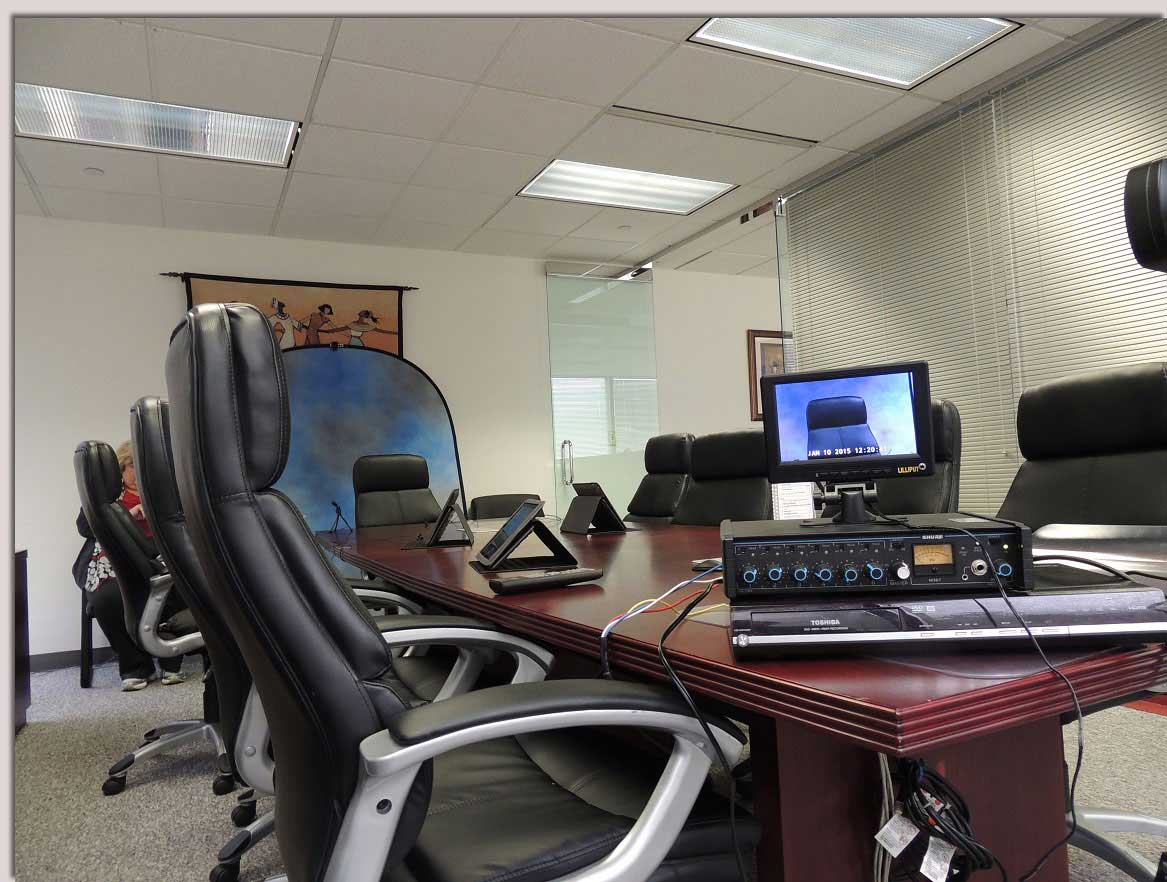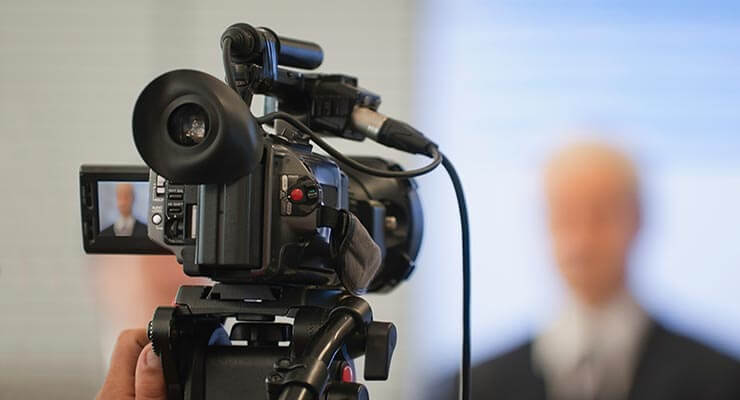The Duty of Legal Videography in Recording Depositions and Tests
The Duty of Legal Videography in Recording Depositions and Tests
Blog Article
Key Advantages of Utilizing Videography in Legal Cases
The combination of videography in legal cases presents a variety of strategic advantages that can dramatically affect test results. By improving evidence presentation and boosting witness credibility, videography serves as a powerful tool to engage jurors and convey complex stories effectively. Additionally, this medium preserves crucial testimonies, ensuring that vital information is not shed to memory degeneration. As the legal landscape remains to evolve, the effects of leveraging videography in test settings benefit closer examination, specifically in comprehending exactly how these benefits convert into tangible lead to the court.
Improved Evidence Presentation
Enhanced proof presentation with videography has actually changed the way legal situations are argued and comprehended in the courtroom. By incorporating high-quality video recordings into lawful proceedings, lawyers can share complicated details in a more interesting and understandable manner - Legal Videography. Videography permits for the visualization of evidence, making it easier for discretionary to realize the context and significance of today truths
In addition to improving quality, videography can also catch real-time occasions, giving an authentic representation of cases important to a case. This immediacy can substantially influence the persuasiveness of an argument, as visual evidence often resonates a lot more highly than created documentation. Video evidence can include important elements such as body language, tone of voice, and environmental variables, all of which add to an extra holistic understanding of the case.
Using videography also enables reliable company of proof, making it possible for lawyers to offer their disagreements in a logical and systematic fashion. By tactically incorporating video clip into their presentations, lawyers can facilitate a more effective analysis of the proof, eventually bring about informed decision-making by the court. The transformative power of videography in legal contexts is both obvious and essential.
Better Witness Integrity

Video proof can likewise reduce potential biases that might develop from the witness's appearance or mannerisms in a real-time setting. By presenting a well-produced video clip, lawful teams can ensure that the emphasis stays on the content of the testimony as opposed to extraneous elements that could weaken trustworthiness. Furthermore, the opportunity to assess taped statements can strengthen witness uniformity, as discrepancies can be resolved before trial, bring about even more reliable testaments.
Additionally, the durability of videography gives a guard versus memory decay or false impression gradually. By having a clear, proven account of witness declarations, lawful practitioners can develop a more powerful instance, enhancing the general integrity of the witness and, as a result, the integrity of the judicial process.
Engaging Court Experience
Videography can dramatically boost the court's interaction throughout lawful proceedings. By integrating high-grade video discussions, legal teams can capture and maintain the focus of jurors, changing intricate information into visually compelling narratives. This engagement is essential, as jurors usually struggle to take in dense lawful terms and complex information offered solely through conventional methods.
Video clip evidence allows jurors to witness events as they unfolded, giving context that created testimonies may lack. The usage of vibrant visuals can evoke emotional reactions, making the situation more remarkable and relatable. Security video footage or reenactments can illustrate vital moments, enabling jurors to visualize the proof in an engaging manner.
In addition, videography can assist in a much more interactive experience. Jurors can see and hear witnesses, which includes a layer of credibility and immediacy that composed transcripts can not reproduce. This multi-sensory strategy fosters much deeper comprehension and retention of today material.

Reliable Situation Storytelling
An engaging narrative is essential for reliable situation narration in the court. Videography functions as an effective tool to present this story and craft, engaging the court and enhancing their understanding of the instance. By visually illustrating the events leading to the legal disagreement, videography allows attorneys to show intricate scenarios in a clear and relatable manner. This storytelling approach can evoke psychological feedbacks and foster compassion, producing a deeper connection in between the jury and the instance.
Incorporating elements such as witness animations, reconstructions, and interviews, videography gives a multi-dimensional perspective that standard methods can not attain - Legal Videography. This visual representation not just help in clarifying truths yet also aids jurors preserve vital info. The dynamic nature of video can break down barriers of comprehension, making intricate information extra easily accessible.
Inevitably, reliable instance narration via videography changes the court experience, enabling lawyers to provide their arguments in a engaging and persuasive way. By taking advantage of the power of visuals, attorneys can dramatically boost their capacity to connect wikipedia reference crucial stories and accomplish favorable end results for their customers.
Conservation of Statements
Protecting testaments is an essential aspect of legal proceedings, as the accuracy and stability of witness statements can substantially impact the result of a case. Videography acts as an effective device in this regard, ensuring that testaments are videotaped in their original context, therefore reducing the risk of false impression or distortion gradually.
By capturing non-verbal and spoken hints, videography offers a thorough account of witness statements, which can be invaluable throughout trial proceedings. This approach not only records the content of the statement but likewise preserves the demeanor and psychological reactions of witnesses, supplying juries a richer understanding of the testimony's reputation and relevance.
Moreover, the usage of videography helps with an extra reputable review of statements during post-trial analyses or pre-trial prep work. Attorneys can review videotaped declarations to clarify details, examine disparities, or develop approaches for cross-examination.
Basically, videography boosts the preservation of testaments, fostering a clear legal procedure that can lead to more equitable end results. By securing the honesty of witness declarations, legal professionals can better advocate for their clients and maintain the principles of justice.

Verdict
In verdict, the combination of videography in legal situations dramatically boosts the discussion of proof, boosts witness reputation, and captivates courts via involving aesthetic material. Collectively, these advantages emphasize the important visit homepage duty of videography in modern legal methods, eventually adding to more educated judicial results.
The assimilation of videography in lawful cases offers a variety of critical advantages that can significantly affect trial outcomes.Boosted evidence discussion with videography has transformed the way legal you can look here situations are argued and understood in the court.Videography can considerably boost the court's engagement during legal proceedings. By aesthetically portraying the occasions leading to the lawful dispute, videography enables attorneys to highlight intricate circumstances in a clear and relatable manner.In conclusion, the combination of videography in lawful cases significantly boosts the presentation of evidence, strengthens witness credibility, and astounds courts through engaging visual material.
Report this page